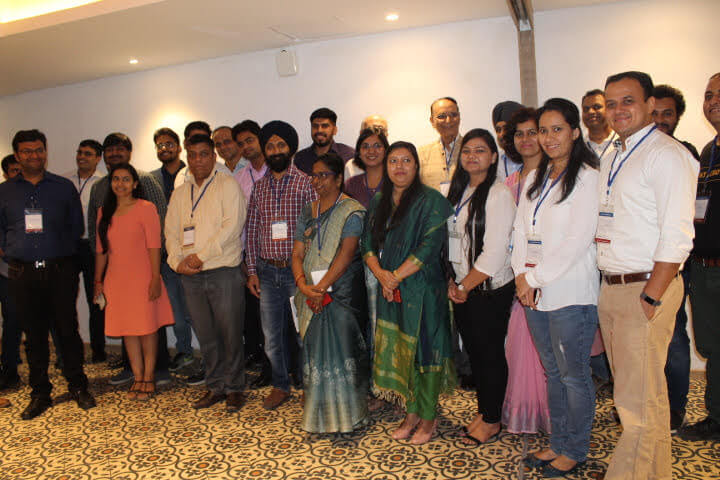In our previous InnvoatorCLUB meeting ‘Truth of AI and IoT‘ we had a discussion about what is Artificial Intelligence (AI), what are the prerequisites to offer healthcare to all with the use of AI. We also had some discussions on How AI improves the patient doctor communication? As one of the patient doctor communications medium is voice. Companies like Google and amazon are out with AI products which are voice based and are betting heavily on voice based skills. As these companies are market movers, the question arises: Are we investing in making voice one of the skills needed to help the patients?
On a similar note we again gathered on August 3, 2019 to again brainstorm on Journey of building an AI product in a clinical establishment. We all gathered on a beautiful Saturday morning in one of India’s premier imaging center, Mahajan imaging, New Delhi.
The meeting saw some very eminent and important speakers from around the healthcare industry. The first keynote was given by Dr. Vidur Mahajan, Head(R&D) CARING. The keynote was about the journey of CARING in AI and business proposition for healthcare providers.
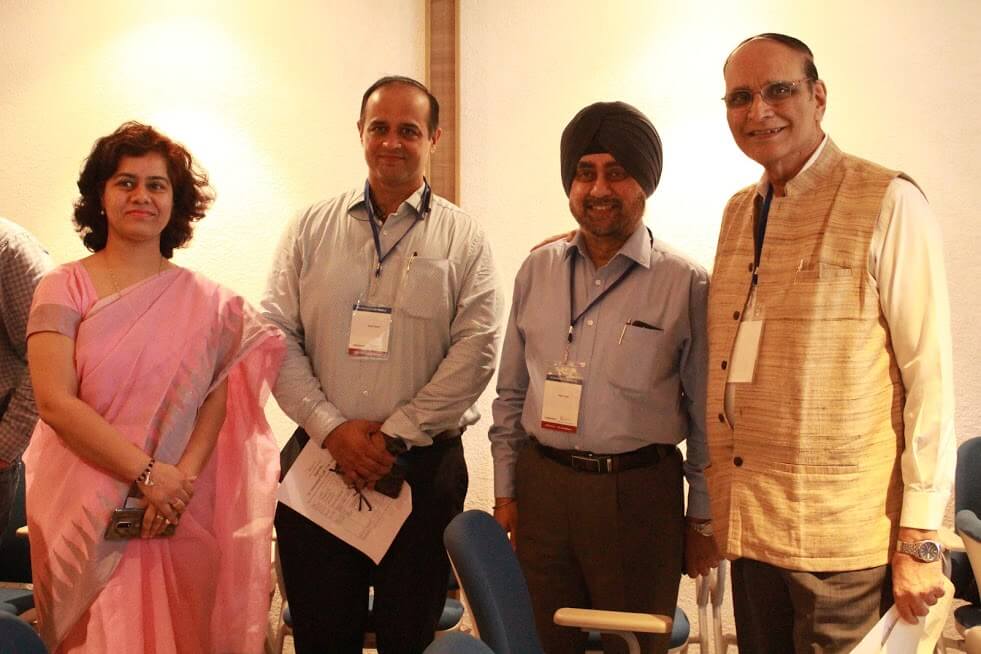
Artificial Intelligence is becoming an ever more important part of our lives. Many of us are already familiar with its everyday applications. The developed and the developing world, both are reeling under various challenges in healthcare. Countries like the US are dealing with problems like cost, efficiency and managing waste in the system, while the developing world is beset with issues like inadequate access to basic healthcare, rising costs and increase in non-communicable diseases.
To address these challenges, we need to adapt both conventional and new approaches. While we need to invest in building more hospitals, we also need to make effective use of emerging technologies like Artificial Intelligence (AI), Connected care enabled by IoT, in the field of healthcare.
AI can be a game changer. In India, there is scarcity of infrastructure be it hospitals, beds, doctors or nurses. If AI can be applied to get more insights on the usage of the infrastructure, this will help in making the existing infrastructure more efficient, cost of care will come down and more patients can be treated. Second area where I see AI more prevalent is in enabling doctors to be more productive. AI can help the doctors through appropriate clinical insights derived from the use of trained AI based models. This would help them focus more on high risk patients and become more productive.
The way AI is progressing globally is remarkable. It is not looking at the data from one source but aggregating data from multiple sources to make a better decision. However, at present I think it is in a very nascent stage. Some hospitals have begun to use it. In the next three to five years there will be a huge momentum and it will be a part of the system. We need to ride on this wave which has just started. While AI can never replace a doctor, it will certainly be a part of our lives.
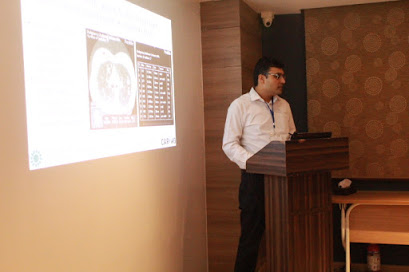
In radiology, most of the organisations have lots of data, but for AI to work the data needs to be in the form of sanctity. As we discussed in previous session as well that the building block of AI is data, it should be properly organized. What Dr. Vidur and his team has developed is an app store for radiologist. As the industry is working towards developing AI algorithms in radiology, in this app store one can send their algorithms to validate. This infrastructure as a service model would work great for them as they have all the ingredients with respect to radiology. This includes MRI machines, radiologist, senior radiologist and tech personals. If someone in healthcare AI ecosystem is developing some new algorithms and needs to validate them, they can very well join hands. As they are using multiple algorithms to test the results, one can get much more accurate results.
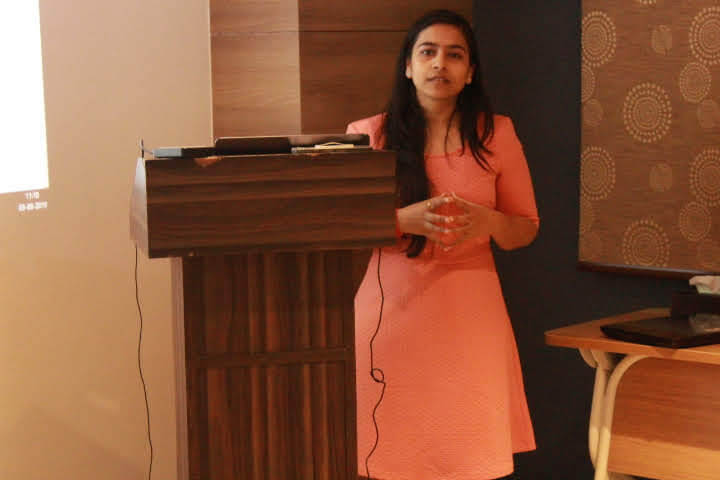
Healthcare organizations may be looking to create new business avenues, but they should be knowledgeable about how the process works to avoid unrealistic expectations. In virtually every industry not just healthcare, the use of data and its analytics has been revolutionary, allowing companies to optimize their product and procedures. So, this is the ‘moneyball moment’ no matter what size or shape the organization is.
In the panel we understood the best practices from people who have built and deployed such systems. One of the challenges we learnt was that the problem lies in the context of the people, such as doctors voice, script, diagnosis etc. But most of the companies which develop AI products are lacking voice as an input and output.
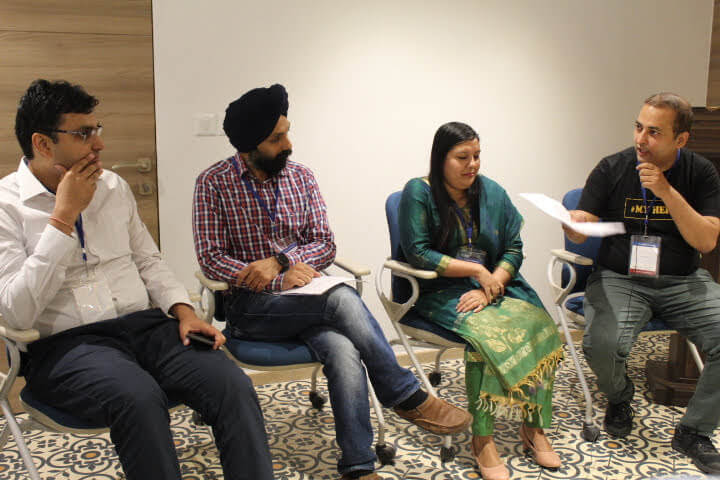
As far as scaling is condired, we need to come up with collaborations with all the stakeholders first to accumulate and train the data in a very transparent manner. This will help all of us to bring closer to real life/healthcare problems which could be solved. It is still very far fetched goal but to bring a behaviour change into the doctors we need to keep them updated about how AI can assist them not take away their jobs.
But the challenge is that we need data that is available with the hospitals. The question arises that how can we use data as a financial instrument instead of money. One scenario can be that in place of procuring machines or any other service through riches, the clinical establishments can consider collaboration with companies which can give them the machine or service in exchange of data.
But the challenge is that we need data that is available with the hospitals. The question arises that how can we use data as a financial instrument instead of money. One scenario can be that in place of procuring machines or any other service through riches, the clinical establishments can consider collaboration with companies which can give them the machine or service in exchange of data.
This is a growing area of health care, and despite current challenges, presents significant opportunities for health care improvement. If you are not considering connected heath and Artificial intelligence in healthcare, now is the time!
